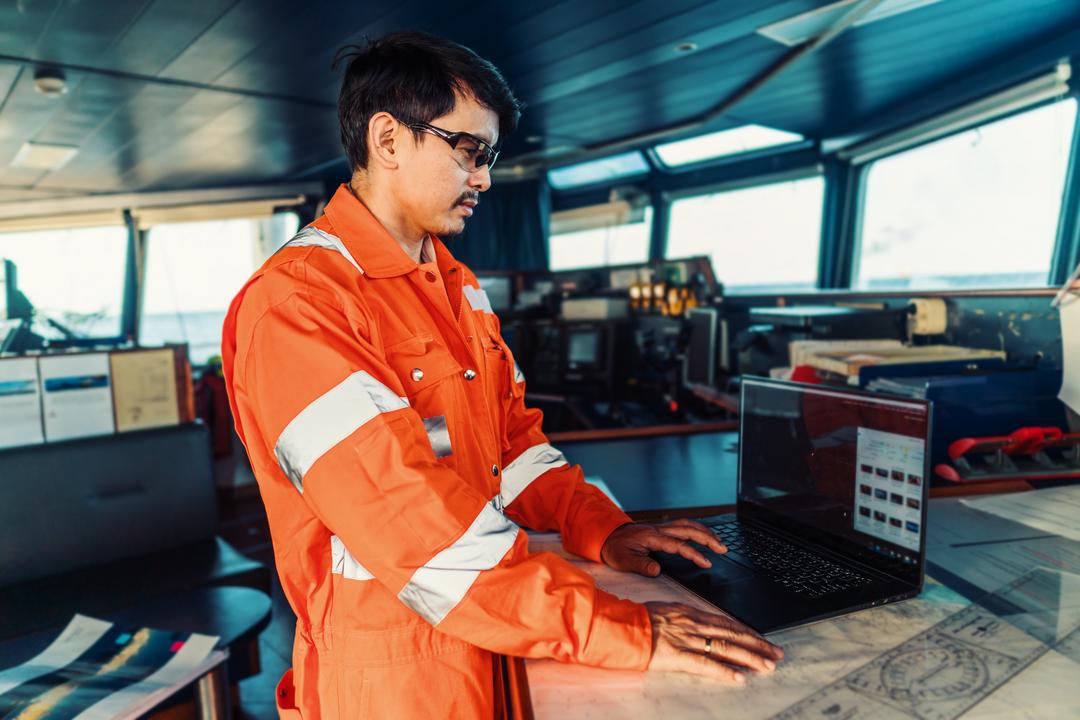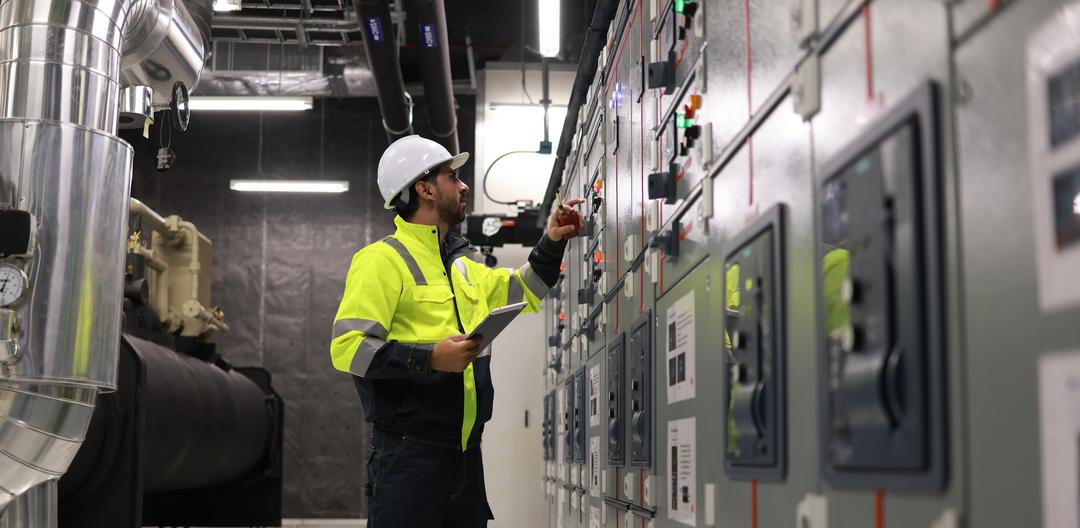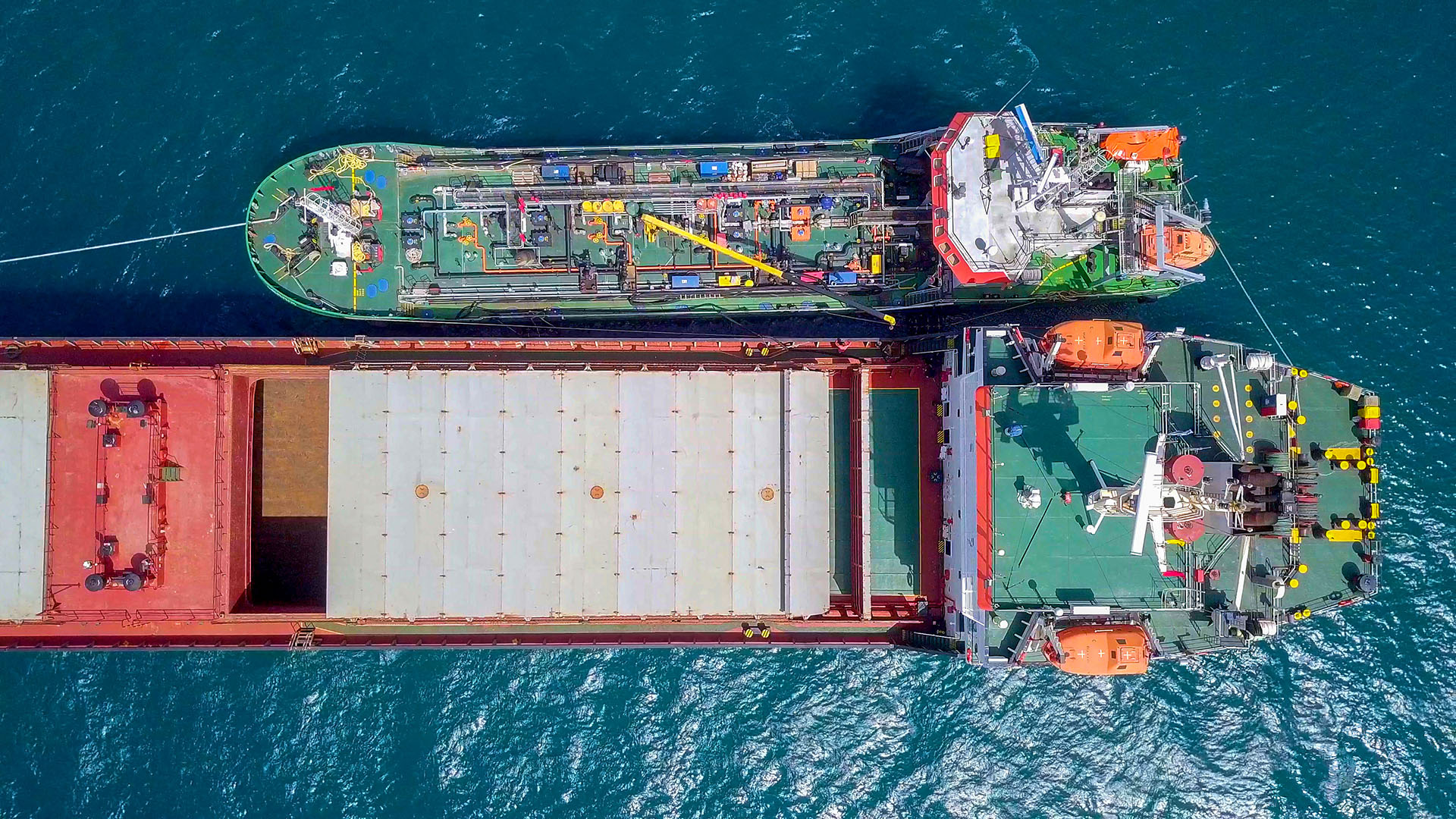We’re very excited to announce the launch of our CII Simulator tool, helping owners, operators, and charterers better understand the impact operating decisions are having on a vessel’s future CII grade.
For shipowners, operators, and charterers, the ability to accurately measure your CII grade is becoming increasingly important. And the closer we get to the International Maritime Organization’s (IMO) MEPC 80 carbon emission reduction deadlines, the more important it is going to become.
Calculating CII (Carbon Intensity Indicator) is a complex process, with a number of correction and reduction factors to take into consideration. And that’s where our maritime performance solution Danelec Voyage Insights is really helping owners and operators to see how a vessel’s CII grade is tracking.
But the focus is increasingly on reducing GHG emissions and improving CII grades, rather than just monitoring them. It is getting more important for the shipping industry to have as many vessels as possible at an A rating. And companies want to understand how they can change the way a vessel operates to reduce their AER score and improve their overall CII rating for the year.
This is where we come in with our new CII Simulator tool for Fleet Essentials and Voyage Optimizer customers. Rather than being a simple CII calculator that tells you your vessel’s current CII grade, our CII Simulator predicts the CII grade your vessel will receive if you continue operating at the status quo, as well as the impact that changes to the vessel’s future operating profile will have on your CII grade. In addition, if there’s a CII grade you’re trying to achieve, the Danelec CII Simulator will tell you how to change the vessel’s operating profile to get there.
As with all of our maritime decarbonization solutions, the Danelec CII Simulator relies on a digital twin model of the vessel to predict how it will perform in a specific scenario. These predictions can then inform what the vessel’s CII grade would be in those individual scenarios as well as help inform how vessel performance will impact year-end averages and targets.
How our CII Simulator works
We’ve outlined below how the CII Simulator would work for a bulk carrier, but the tool will work for any kind of vessel where we’ve created a digital twin for it (including tankers and bulk carriers). Namely, for container ships, there is the option to include expected reefer-days rather than a laden/ballast ratio.
To start with, the owner/operator/charterer can access a page showing the vessel’s year-end CII grade projection based on the existing operating profile of the vessel YTD:

From this dashboard, the “Modify Scenario” option allows you to change the future operating conditions of your vessel to see what impact this would have on the CII grade at the end of the year. This includes the laden vs ballast ratio, the number of future days in port or total days in port for the year, and the expected average weather factor for the remainder of the year:

You’re also able to specify a particular target you want to hit, and the simulator will show you the changes to make to the vessel’s operating profile to hit that target. These targets currently cover:
- Target CII Grade: Option to select a target CII grade and see what average SOG (Speed Over Ground) it will take to achieve that grade.
- Target Distance: Option to select your remaining sailing distance (which will automatically be added to the vessel’s existing distance) or total sailing distance goal for the year to see what SOG you need to sail at to achieve that total distance for the year.
- Target Speed over Ground: Option to input a target SOG for your CP terms and see how targeting that average SOG will impact your CII grade at the end of the year.
Then once you’ve built the scenario for your vessel that you want to test, the simulator will run it and show what your predicted CII grade and CO2 emissions would be in those conditions:

From this point, you can then start working with your vessel master and operations teams to adapt the vessel’s operating profile based on the simulator’s recommendations.
If you want to understand more about how the Danelec CII Simulator works, get in touch with us here. And if you’re a current Danelec client and want to get access to this tool, speak to your customer success manager.




